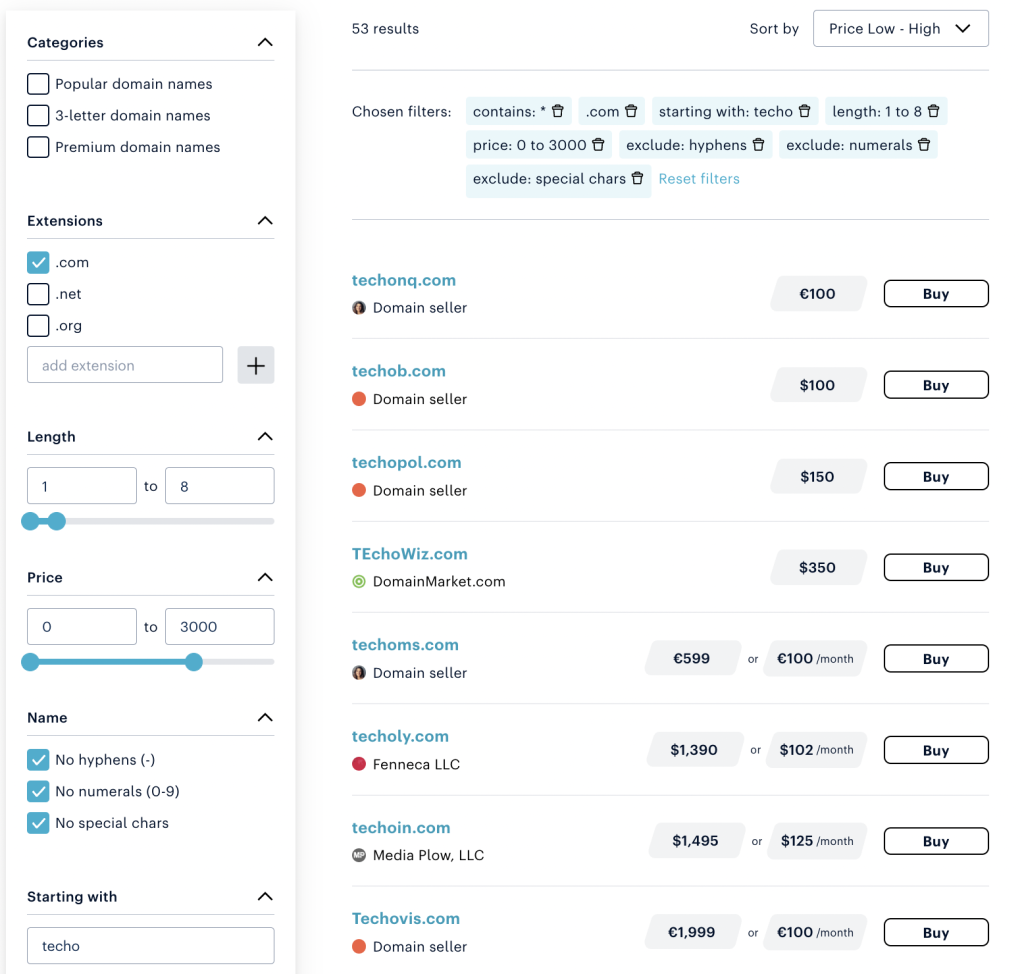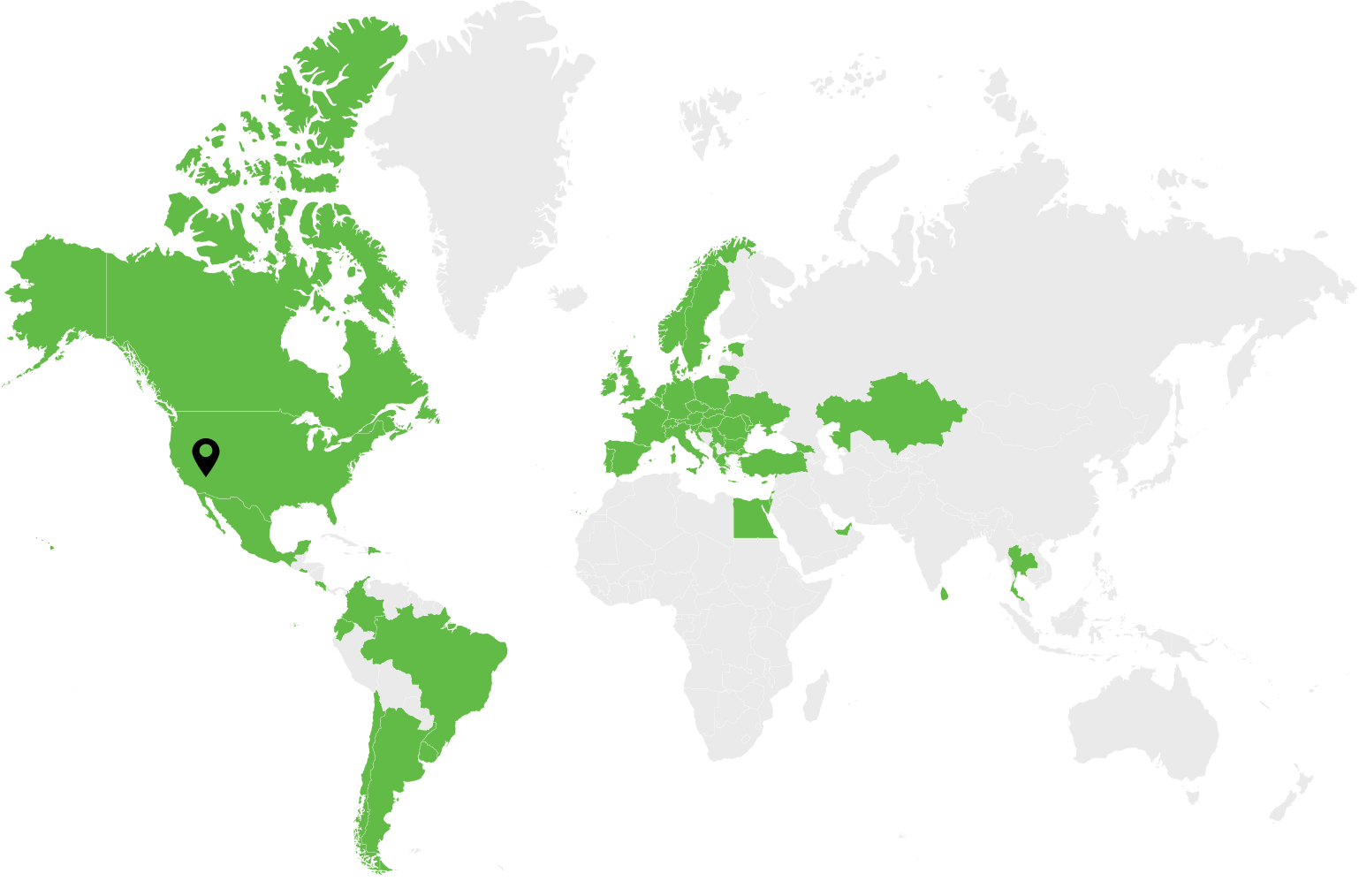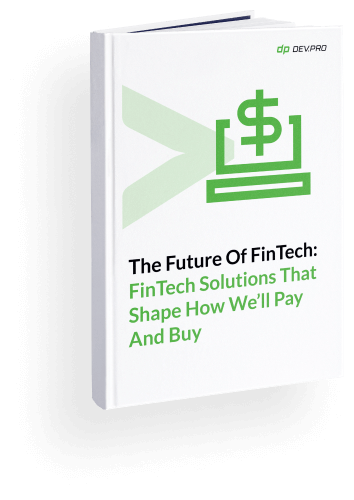The bad news is that your plan WILL go wrong however thorough your checklist.
The great news is that the more thorough and granular your SaaS product development checklist is, the more likely that what will go wrong, will turn into a survivable learning curve that bypasses Death Valley. And hopefully leads you to a successful launch.
At the fear of having the highest bounce rate ever for this article, we still recommend that you check out some of the startup post-mortems meticulously detailed by CB Insights. There’s no better exercise for those endeavoring to develop a SaaS product than to learn from the mistakes of other hopeful SaaS product owners.
First, let’s do a quick rundown of why startups fail. This overview will give us a better understanding of and focus on the exact actions we must take to avoid such a fate.
Things That Go Wrong During SaaS Product Development Process
Not surprisingly, 38% of all startups fail for the most banal and foreseeable of all reasons:
“Lack of funding”. There are hundreds of ways this can be achieved: from having high burn rate, hiring stellar tech talent for mundane tasks, not accounting for the cost of operating a freemium model for tens of thousands of users, and so on and so forth.
“No market need” is the second most common reason for startup failures, experienced by over a third (35%) of all failed startup founders. Needless to say, this is probably the most preventable failure when founders listen to the market, focus groups, and marketers, and if they pay attention to user surveys and feedback.
“Got outcompeted” is probably the most hurtful of reasons, as it means you were right all this way. But unfortunately, you lacked the experience and operational wisdom to take your product to the market sooner.
Other reasons for startup failures include pricing issues, team hiccups, legal obstacles, and even poor timing:
Now, let’s see if we can help your budding business avoid these common mistakes by properly planning out your Saas Product Development Lifecycle.
Milestones in Developing Your SaaS Product [SaaS Product Development Checklist]
The 12 steps below make up the SaaS product development checklist that can help to ensure your own launch success.
1. Idea to Paper. [Interview with SaaS Product Owner]
Every unicorn started with an idea. There were lots of doubts, discussions, brainstorming before it got to paper. No matter how big or small your team is, the better documented your idea is, the more chances that it will be assessed with a certain level of reason to it. It’s when you put things in black and white, that they can be systematized, analized and criticized.
But don’t sweat too much yet by creating a 30-page pitch deck. A high level overview is a good starting point.
A professional marketer will want to know about these areas when they interview a product owner:
- What user issues / pain points does the product alleviate?
- Is it a fresh idea or entering a ripe market? If so, what’s the unique selling feature?
- Who is the product for [industry, B2B or B2C, profession of a user, country of target market]?
- What are monetization options and ideal pricing?
- What kind of relevant background does the founder have?
- How much budget is available for the first stage and is there any access to useful resources to optimize it [great outsourcing software development team]
- What is the best way to reach out to the audience in the view of the product owner?
Once these fundamental questions are answered, it’s time to deep dive into the reality of the market for your product and your user persona.

2. Reality Check. Check Out Your Whereabouts. Market Research + ICP Definition
You may say it’s only a marketing exercise, but we insist that it’s a critical part of the lifecycle of SaaS product development.
The more thoroughly you learn about the existing market—supply, demand, competition—the less chance you have for a failure due to poor market–product fit. Be ready to answer these questions now by researching the market and your user persona:
- Who will use your products?
- What do these people use currently?
- How will your product be a better choice for them?
- Were there companies with similar ideas who failed? Why did they fail?
- Who are the market leaders now and what are their strongest and weakest sides?
- Where is there most demand? US? Europe? Canada? Japan? Where do you start and where could you expand quickest?
- What are the average metrics for similar SaaS solutions in your target area? MRR, burn rate, LTV, CAC?
Ideally, you will start with just what you hear from the owner, then get more feedback from other key stakeholders. You can then mission your marketing team to find at least two or three alternative approaches to every one of the owner’s statements by talking to potential users, investors, and focus groups.
And research thoroughly by leaving no Crunchbase database unturned in the search for similar products and their digital trace. Then talk to your potential customers, in groups and individually.
3. It’s Real. Now Make it Work on Paper
OK, you talked to people and you researched who might use your product one day. You like what you see and hear. It looks like the market is ripe for your idea, users will be lining up to get on your pre-launch email list. You decide to take the next step.
At this stage, produce every bit of documentation you can:
- Business plan
- Monetization models and hierarchy
- User persona profiles
- Market journey map
- Market research with addressable market
- Top competitive players, their failures and successes, key features & differentiators
- Team structure and recruitment plan with rates and deadlines
- MAU and ARR projection to first survive from seed round to round A, and then to round B
- Pivoting scenarios: “what if this fails, can we pivot and where to”?
- Minimum viable product (MVP) estimate—in dollars and time units
- Website structure
- Three core marketing initiatives and channels for promotion
- Investor pitch deck
With documentation completed, you are ready for the more hands on—and way pricier—stages of SaaS product development.
4. SaaS Marketing Plan
SaaS marketing plan development may start taking shape as early as the idea phase, depending on the owner’s background. A seasoned owner will have enough vision to initiate some of the marketing processes early, and to hire the CMO earliest.
At the very latest, you should begin your marketing plan before you get to product design, because design should be made for the user based on the competition, your chosen marketing channel mix, monetization methods, and other issues.
Next up, the design!
5. SaaS Product Designing
You may have some funds stashed away to build a SaaS MVP or you have bootstrapped some starting capital with your friends and family. And your preliminary research showed enough market need and interest from your potential customers.
It’s time to set about working on your SaaS product with UX/UI designers. (And note: All the documents produced by your UX/UI designers will become part of the marketing plan.)
In this phase, you will go from drafting your low-fidelity wireframes, which can be both hand drawn or digital) to fine tuning every detail in high-fidelity prototypes (which are now mostly digital and even clickable).
6. Team Composition and Recruitment
Team recruitment may kick in at any stage of the process. It will depend on budgets, timeframes, and if you want to develop a product yourself or with the help of a software development partner.
You may have a friend from a previous startup experience who can start coding your solution in their leisure time. Or you could have seen an article about a company offering outsourcing development services. Whatever your plan, hiring is one of the most critical stages and success components in terms of timing and quality.
Be aware that 14% of failures are ascribed directly to team quality (not the right team), 7% cite disharmony between team / investors and another 5% blame team member burnout and lack of motivation.
Naturally, the other key startup failure reasons are shaped by human factors and are also impacted by the team.
To get the right team, this phase includes the following activities:
- Conduct recruitment planning. Decide on outsourced/ in-house team split.
- Create a team composition plan with approximate rates, qualifications and budget limits. Get job descriptions ready.
- Choose a software development vendor.
- From here on, depending on who is hiring, the key steps include screening and shortlisting, interviewing, evaluation and selection, and onboarding.
Prioritizing your recruits is also important, as key roles need to be part of any conversation as early as possible in the process, for example a CTO and a CMO. Other employee choices can wait.
7. Developing an MVP
At this stage, the project owner of a SaaS project will need to address a few major technical milestones:
- Choose a tech stack to build your product.
- Consider developing an open API when the time is right
- This feature is a significant sales booster for B2B channels, as your SaaS can be easily integrated with other software solutions
- Buy the domain name and a hosting package:
- Short and memorable domain names also play a role in marketing success, consider looking at reseller sites like Dan and Afternic for some .com deals and naming ideas, if you don’t mind paying an extra $1–2K for a domain in “king” .com extension.
- Hosting service packages providers usually also offer SSL certificates, but also make sure that you purchase an advanced level security protection.

- Elaborate your IAM (identity access management) requirements for MVP level as well as more advanced stages. Who gets access to what features: Is it role-based or permission-based? Single Sign on a Zero Trust policy? Having good observability of IAM’s technical, legal, and financial sides is the best practice of SaaS product development.
- Consider your monetization methods and their technical implementation for choosing the payment gateway providers and drafting a comparative pricing table of similar products.
- Take care of legalities and compliance issues. Licensing, certificates, private data protection, and credit card compliance all call for a thorough preparation of a string of documents – they may differ from state to state.
MVP development of a SaaS tool may mean multiple iterations as you receive feedback. The seasoned entrepreneur advises making this process as basic as needed to successfully move onto the next stage. Are you making it for investors? For users to collect feedback? Trying to actually sell the most basic version with grandpa’s principle for first buyers and testers?
Zero in on a mission and get the MVP ready according to the mission’s goals. It’s a minimum viable product, remember. Don’t overkill, it has its purpose.
(Treat it like a pair of shoes for a 2-year old. It will serve you for a maximum of three months – you can’t do without it, but you also need to be ready to grow out of it in no time—so, no need to break the bank for one pair).
8. Testing and Feedback Gathering
In the best case scenario, you will be able to attract potential users of your final product for testing and gather their feedback.
Staying within the planned scope of features is important so that you do not get side-tracked by the testers’ and users’ minor extra wishful thinking. Developers and other SaaS product stakeholders should be able to provide and incorporate their feedback into the MVP of the SaaS, too.
9. SaaS Solution Development, Deployment, Testing
Once you have tested your MVP you can use it for investor presentations and further product improvement.
Technically, these further highly technical steps of the SaaS SDLC, —development, testing and deployment, —boil down to the quality of your DevOps team. They will take care of the right tolling at the right time, timely feature release as per SLA, and the incorporation of DevOps best practices into the process.
10. Pre-Launch Marketing Activities for SaaS Products
This stage includes a number of key steps for your digital marketing team:
- Website or landing page development
- Social media pages set up and engagement growth
- Email marketing database collection
- Advertising campaign set-up, testing
- Influencer marketing collaboration launch
- Conference networking (including speaking opportunities and podcasts)
- Vanity marketing campaign set up
- Referral campaign tooling and campaign set up
- Launch party planning and organization
These are the basic steps of the SaaS Product Marketing plan and we recommend that you keep focus on the two to three top channels and activities to start with for higher ROI.
11. SaaS Product Launch
On the day of your launch you will have to initiate and keep an eye on the technical and marketing activities.
Security, scalability, and availability issues are critical for technical success, while a solid email marketing list, a lucrative offer, and a great list of invitees are essential for a successful SaaS marketing launch.
12. Fine Tuning, Maintenance, and Updates
Finally, a SaaS product is always a “work-in-progress.” It’s a continuous effort to improve a software tool to remain competitive so that your acquisition clients are more than your churned customers.
Security and maintenance are a focus whether or not you are adding more features.
Develop your SaaS Product with a Battle-Tested Software Development Partner
To develop a successful SaaS product you need a fantastic and timely idea with lots of demand, an effective C-level team for executive decisions, and an experienced software development partner with solid experience building SaaS products.
Dev.Pro is a 900-talent company with 500 fortune companies on our folio and a solid package of SaaS use cases: SalesLoft, Inveniam, SchoolCNXT.
Considering a SaaS project? Talk to our team and get a detailed estimate so that you will nail your budget.

